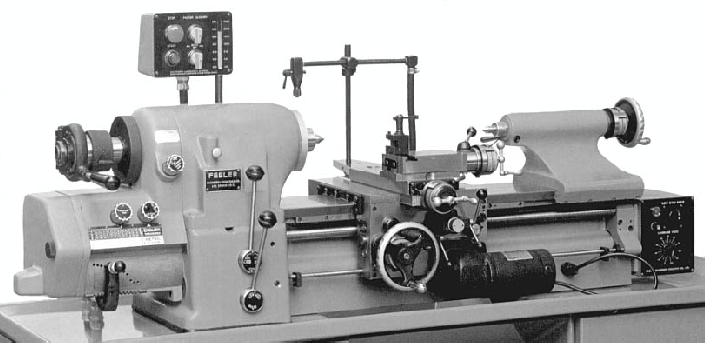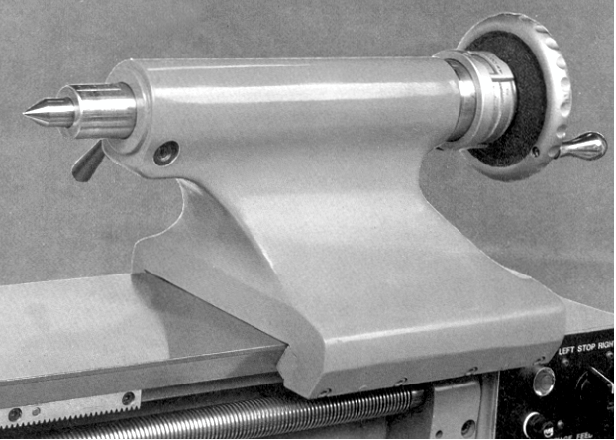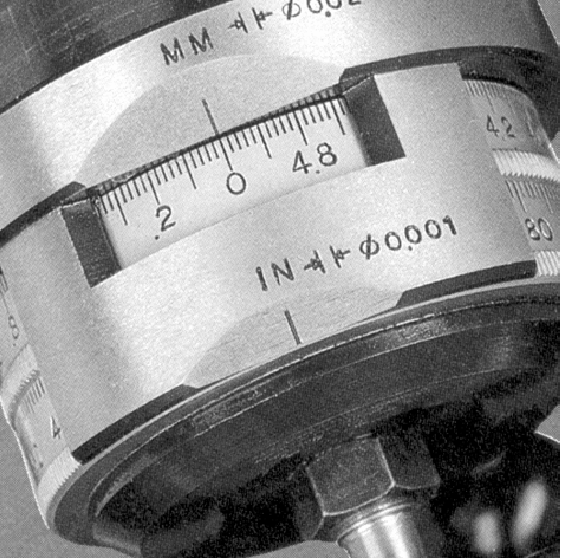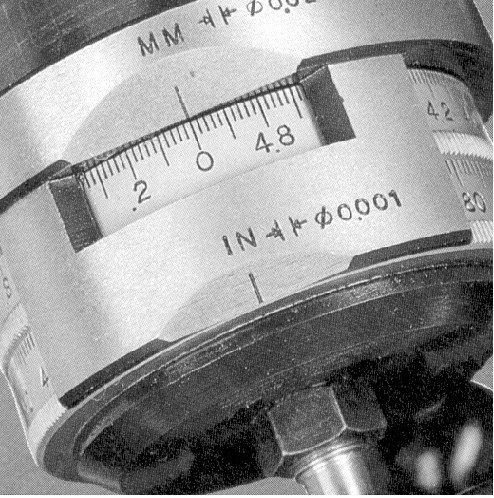|
Home Machine Tool Archive Machine-tools Sale & Wanted Hardinge HLV-H Copies - made in Taiwan Maintenance, Operation and Parts |
||
|
It would be interesting to know how such an exact copy of the Hardinge HLV (and other Hardinge Models) came to be built - were they sanctioned in some way by Hardinge--or just cribbed ? The maker, "Fair Friend Company Limited", was based at 11/F No. 665, Tun-Hwa South Road, Taipei, Taiwan with a factory at No. 805, Chung-Shan Road, Shen-Kang Shiang, Taichung-Hsien, Taiwan. Also manufactured in Taiwan, by the Sharp company, was another beautifully-made copy sold as standard with a hardened bed and 5 h.p. Japanese Yaskawa drive. Sharp also made the "Acra", a lees well finished model with a soft bed and minor changes to cut production costs. Another HLV-H copy was made or marketed by a company called ProMach, who labelled their version the "Prolathe" with sales continuing until at least 1995 - and possibly later. |

|
Feeler FTL-618 Precision Toolroom lathe. A straight copy of the Hardinge HLV in this case fitted as standard with a dual metric and English screwcutting gearbox. |
||


|
A plan view of the compound slide rest clearly showing the lever fitted to the top slide that operated a "quick-withdrawal" mechanism. This useful accessory helped to ease the sometimes difficult task of screwcutting. As the tool reached the point where it must be disengaged from the thread, instead of having to wind off the cut - and loose the setting - the entire slide could be pulled back out of the way with a flick of the wrist and the carriage returned to start the next cut. The lever pushed the slide back into its previous position, a little more cut was applied and the process repeated |
||

|
The standard screwcutting gearbox was able to generate English threads of: 11, 11.5, 12, 13, 14, 15, 16, 17.5, 18, 20, 22, 23, 24, 25, 26, 27, 28, 30, 32, 35, 36, 40, 44, 46, 48, 50, 52, 54, 56, 60, 64, 70, 72, 80, 100 and 108 t.p.i. |

|
The tailstock spindle had a travel of 3.75", carried a No. 2 Morse taper and was graduated in 1/8" divisions. The micrometer dial inboard of the handwheel was of the same dual metric/English type fitted to the compound slide rest. |
||


|
While perfectly clear - and of an acceptable commercial standard - the quality of the engraving on the Feeler's micrometer dials did not reach the standard that might be expected on a first-class machine tool. |

|
|
||

|
|

|
|

|
|

|
|

|
|
|
Maintenance, Operation and Parts Hardinge HLV-H Copies - made in Taiwan Home Machine Tool Archive Machine-tools Sale & Wanted |
||